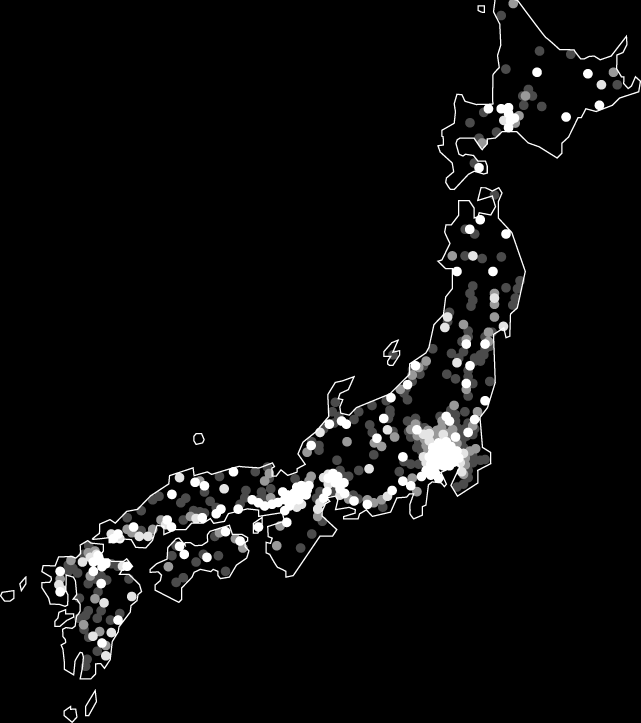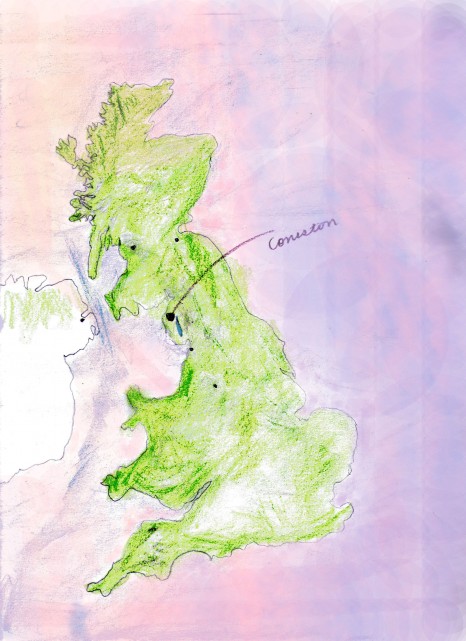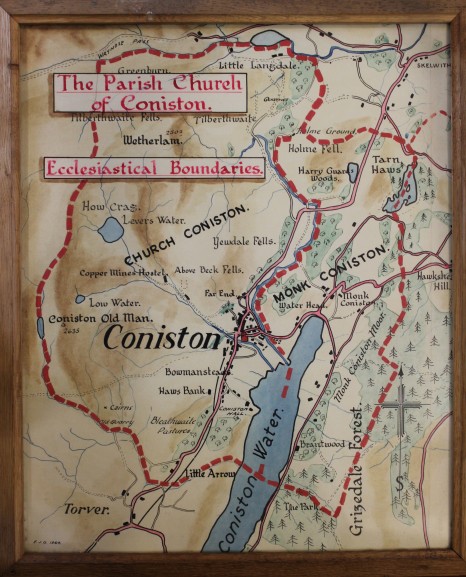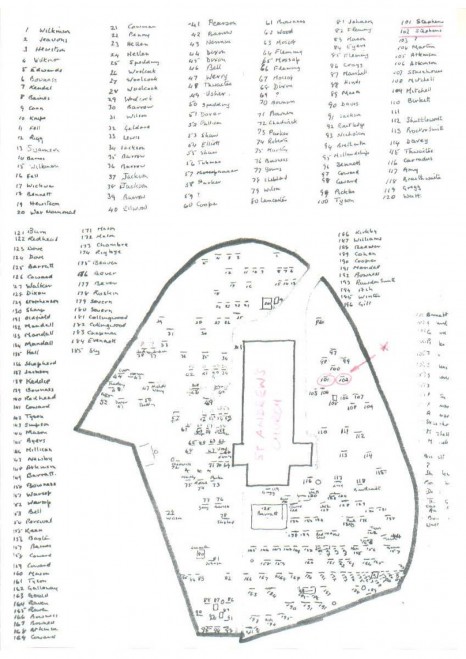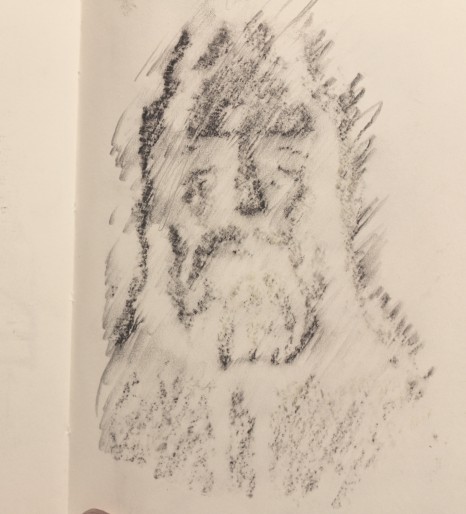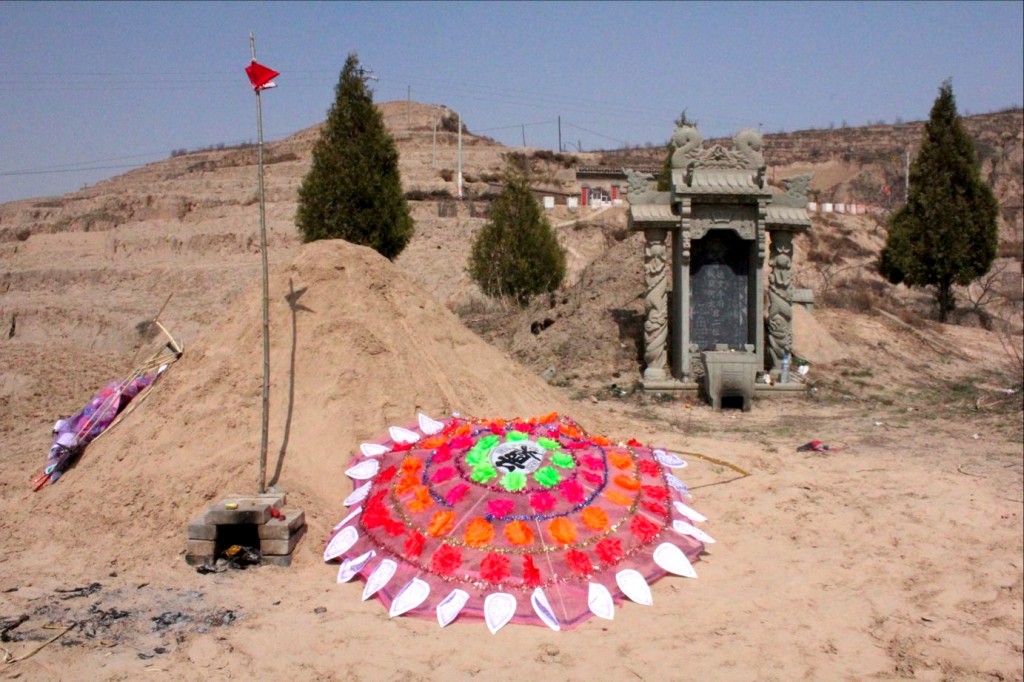
让先人给让先人给我们指点迷津 Let’s get some help from the Dead
日期 date: 2012年4月4日(清明),星期三下午二点 / Wed 4 April (Tomb sweeping day) 2012, 14:00
地点 location: 家作坊 HomeShop[地图 / map]
用费 cost: 44
人 类的延续,就是生命一个个轮回交替,为生者死,为死者生。今年我们会设计一个人形种植园(一直到5月20日),这象征着人的身体与自然的物质转换与平衡。 中国传统的清明节祭扫,会用各种食物祭奠先人,因此我们还尝试恢复清明节中另一个重要的部分——寒食节,因此今年我们除了会焚烧一些特殊的纸钱,还欢迎大 家来这里跟我们一起吃冷食过节。
For human survival, we receive other’s life for maintain our own life. Today is the perfect day to appreciate their work on food production even after the loss of life. We will design the body sized garden (continued on 5月 20日) burning giant building and eating cold food to celebrate together with the dead.
organized by 植村絵美 Emi UEMURA, 方丹敏 Barbara FANG and Michael EDDY
日历餐厅介绍 About Calendar Restaurant:
日历餐厅是在种植季节期间每月开放一次的餐厅。它始于2010年7月至10月的一个艺术项目。自 2011年种植季节起,我们希望在日常生活和植物生长的时间表(这也是日历的来历)下探索这种实践。在日历餐厅,消费者变成厨师, 从我们的田园中采摘新鲜蔬菜, 并分享各自的经验。一起做好饭后, 大家围坐在一起,还会讨论一些更复杂的话题:健康、食品安全、社会、政治、天 气、中医、老北京烹饪、食物设计和储存-当然,这些看上去严肃的讨论并不会影响我们品尝美味。2011年我们的种植场地由小毛驴农场赞助,日历餐厅由家作坊支持、2012年我们的种植场地由 潤田農園赞助,日历餐厅由家作坊支持。
Calendar Restaurant is a restaurant that opens once every month during the course of the farming season. It was initiated within the context of an art project from July to October, 2010. When farming started in 2011, we simply wanted to explore this practice within the framework of daily life and timeline of vegetables’ growth (that is where the calendar originates). In this restaurant, customers become cooks, working with fresh vegetables from our garden and sharing stories of their experiences. Once food is ready we sit together at one big table to discuss complex food issues: health, food safety, social systems, politics, weather, Chinese medicine, old Beijing cooking, food design and preservation ― but not to the point of making the taste muddy! This year our farm plot is supported by Runtian Farm and the restaurant is supported by HomeShop. Calendar Restaurant is organized by 植村絵美 Emi UEMURA and 方丹敏 Barbara FANG
日历餐厅 时间表 春夏 2012 Spring Summer Calendar Restaurant Schedule
3月20日(春分)开始農耕 Start farming
4月4日 星期二(清明)让我们为先人做点什么 Let’s Get some help from the dead
5月6日 星期天 (立夏)日历餐厅开放日Calendar Restaurant Open
5月20日 星期天 (小満) 想得瓜就种瓜,想得豆就种豆 Planting seeds for your wishes
6月2日 星期六 (芒种)儿童乐园 Child land
6月23日星期六(夏至)传统中医食物 Chinese Medicinal Food
7月休 holiday
8月5日(立秋)星期天 日历餐厅研究计划 Calendar Restaurant Research Trip
8月24日(七夕)星期五 情人餐 Dinner for Love

 时间 posted on: 2 April 2012 |
时间 posted on: 2 April 2012 |  发布者 author:
发布者 author: 
 分类 filed under:
分类 filed under: 